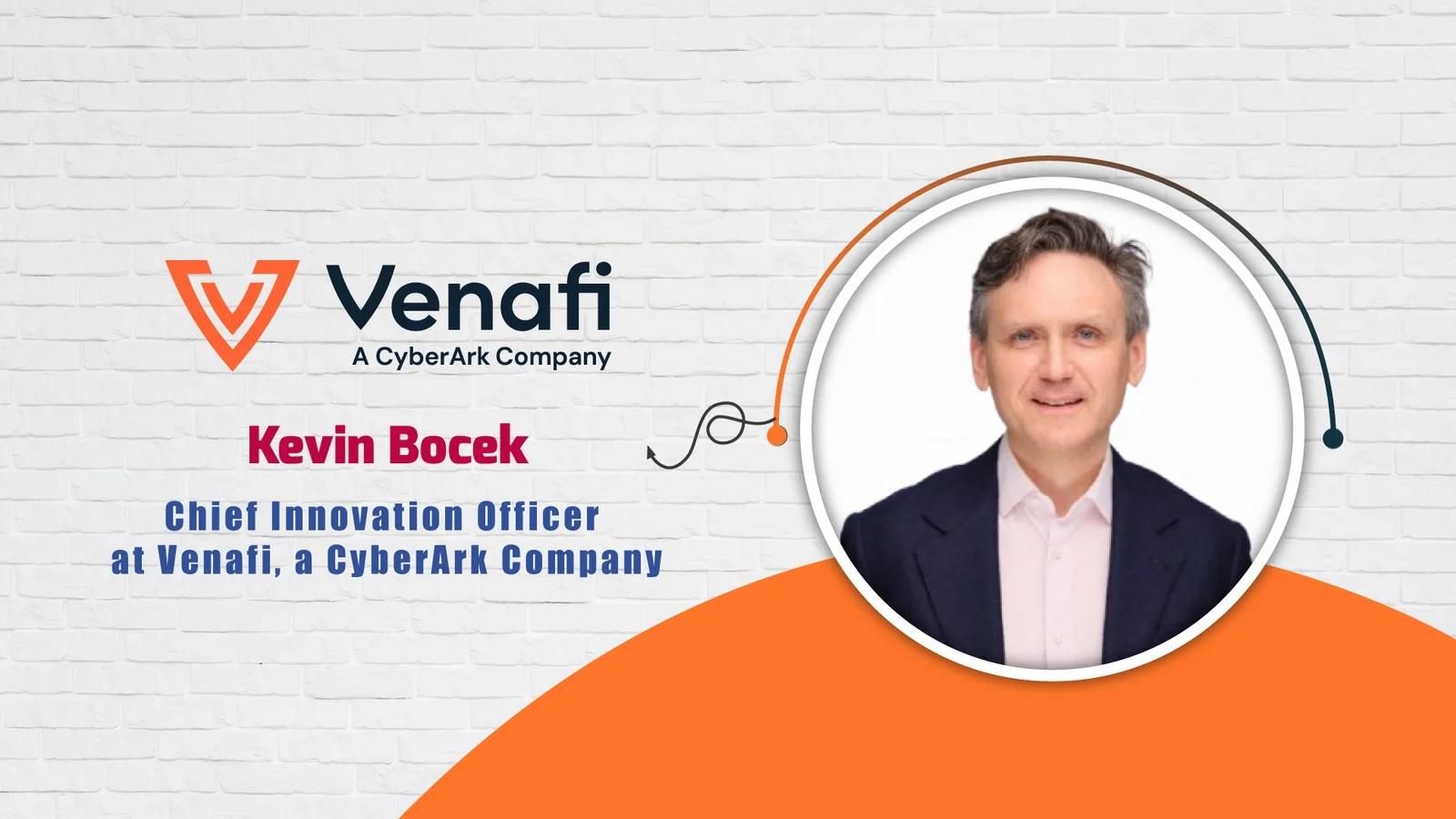Kevin Bocek, Chief Innovation Officer at Venafi - AITech Interview

Hello Kevin. We are very excited to have you onboard. Could you tell us about your journey that started in cybersecurity and now has led you to be known as a renowned author?
I started my career journey as a developer and found myself working most often on cybersecurity issues. Applications needed to authenticate users and their inputs that I was building – what became more than the application was the security behind it. I now have more than 25 years of experience in cybersecurity, working with industry leaders like RSA Security, PGP Corporation, IronKey, CipherCloud, and Xcert. As the Chief Innovation Officer at Venafi, a CyberArk Company, I head up machine identity security for workload identity, Kubernetes, and artificial intelligence. I also lead CyberArk’s technology ecosystem and developer community, ensuring we future-proof our customers’ success.
Please provide examples or scenarios where an AI kill switch can prevent a major security incident?
We authenticate every model, and every model authenticates its actions. With machine identity security, we can uniquely authorize and if needed, revoke access. So whether it’s the model executing against a large vector database or connecting to transaction processing, when we revoke the identity, we eliminate access and stop the model from running. That’s the power of a kill switch. In essence, removing one of these identities is like taking its passport away, making it incredibly difficult for the entity to function. If an AI system is compromised by hackers, using this kill switch can prevent it from communicating with specific services or shut it down entirely – preventing further damage and ensuring the threat is contained.
As we are entering the quantum-future, what kind of challenges will AI security face?
Quantum computers will make AI incredibly more powerful, and this powerful AI will pose even more security risks than AI does today. For example, today, we have polymorphic malware – meaning it can change itself programmatically with AI. Beyond that is super polymorphic malware, which will be even more powerful than polymorphic malware. AI has and will continue to introduce increasingly complex attack vectors. Theoretically, quantum-enabled AI could create authenticated identities on demand and target any organization.
How can this kill Switch be implemented to address these challenges?
A kill switch is about always authenticating every model each time it runs – knowing what work it’s doing and authorizing the action. Activating the kill switch could prevent a compromised AI model, such as the super polymorphic malware, from communicating with specific services or even shutting it down entirely. This would prevent further damage and ensure the threat is contained.
What methods do you use to keep Venafi’s technology Quantum future-proof when the AI keeps on evolving at a faster pace?
Machine identity security is at the core of post-quantum readiness and is the biggest responsibility for security teams in post-quantum preparedness. ISVs (independent software vendors) will develop quantum updates, but it’s the enterprise’s responsibility to know, change and validate the machine identities that would be vulnerable to a quantum attack.
To Read Full Article, Visit @ https://ai-techpark.com/aitech-interview-with-kevin-bocek/
Related Articles -
- Art
- Causes
- Crafts
- Dance
- Drinks
- Film
- Fitness
- Food
- Games
- Gardening
- Health
- Home
- Literature
- Music
- Networking
- Other
- Party
- Religion
- Shopping
- Sports
- Theater
- Wellness




